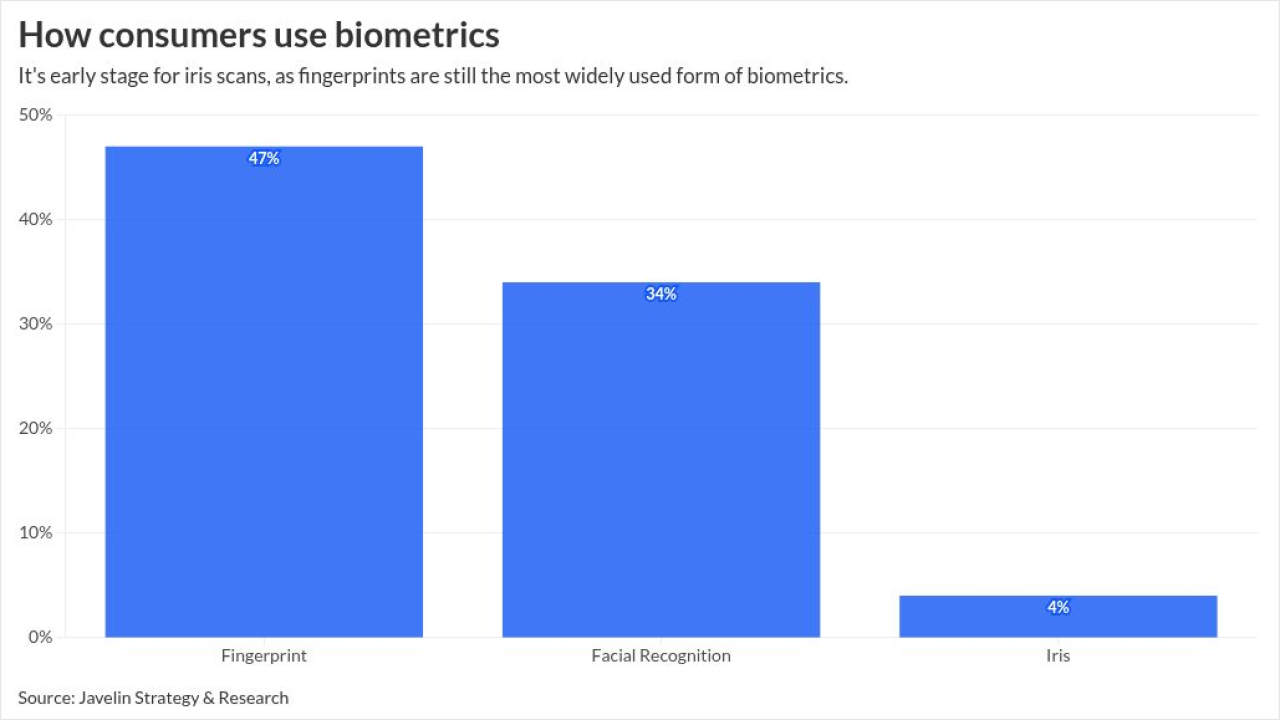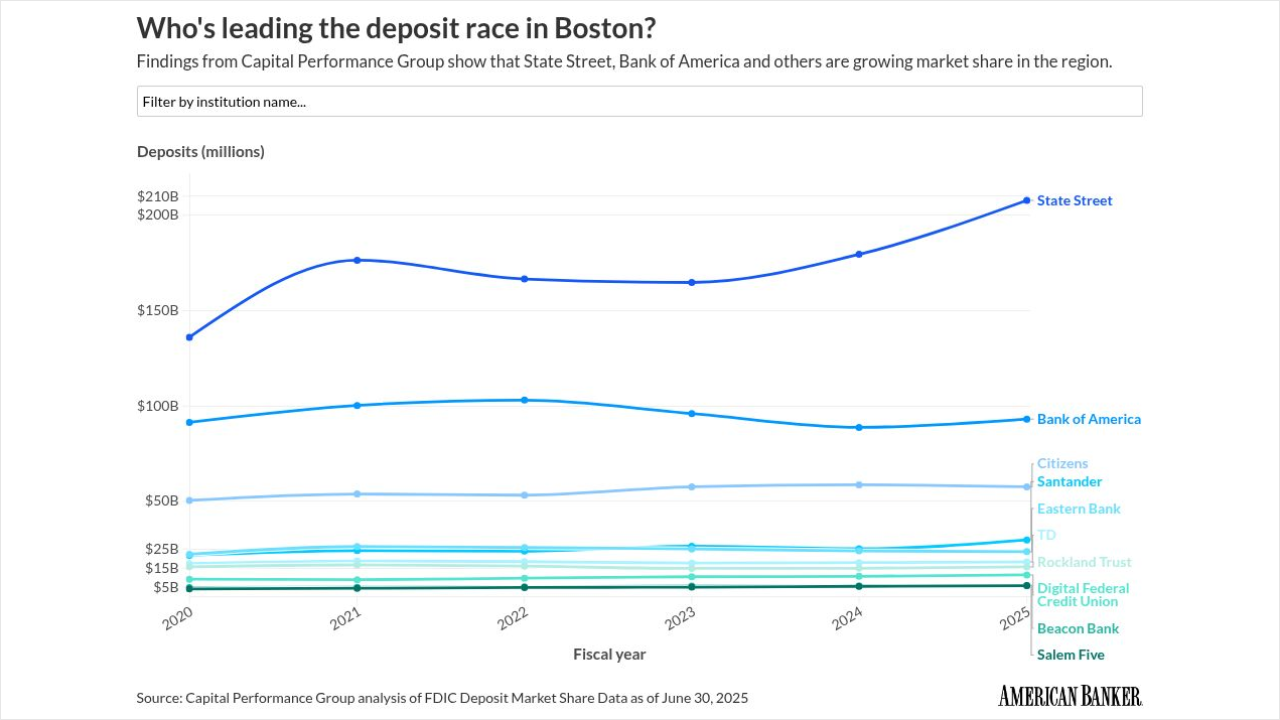Studies of racial discrimination in mortgage lending have invariably focused on racial disparities in rejection rates, sometimes even ranking banks on the basis of such disparities.
However, racial disparities tend to be high where overall rejection rates are low; among lenders whose rejection rates are high, racial disparities in approval rates tend to be small.
Generally, courts have evaluated the racial impact of employment tests in terms of disparities in pass rates. Because lowering cutoff scores reduce the disparity in pass rates on such tests, this has been universally regarded as a way of shrinking a test's racial impact, even though it increases the disparity in failure rates.
In the case of mortgage lending, the federal government has encouraged banks to relax lending standards that tend to adversely affect minority loan applicants. This reduces racial disparities in approval rates but increases disparities in rejection rates.
But because analyses of mortgage lending practices have a misguided focus on rejection rates, banks that relax their lending criteria make themselves more likely targets for discrimination studies, investigation by regulators, and discrimination litigation.
Attacks on the validity of credit discrimination studies likewise suffer from a failure to understand certain elementary statistical principles.
Commentators have argued that discrimination against minorities, which presumably would be manifested by more rigorous standards for minority loan applicants than for whites, ought to result in lower default rates for minorities. But minorities in fact have significantly higher default rates.
Terming the absence of lower minority default rates "the hidden clue," commentators have argued that such a fact refutes any claim that minority loan applicants are being held to higher standards.
Despite this argument's intuitive appeal, however, it is entirely invalid. Because minorities are disproportionately represented among loan applicants with poorer credit, they are disproportionately represented among applicants with poorer credit whose applications are approved. Therefore minorities who secure mortgages will tend to have a higher rate of defaults even if there is substantial discrimination against them.
Indeed the awareness of higher default rates among minorities is a reason for concern that loan officers might scrutinize minority applications more severely and, in some cases, reject minority applications indistinguishable from white applications that are approved.
That is not to suggest that the studies' findings of widespread discrimination are valid. There is a serious question whether even the ostensibly most sophisticated of such studies adequately account for the differences in income and other factors that could explain the observed disparities.
Authors of some recent studies say they have found evidence that refutes the claim that income differences account for racial disparities in mortgage lending.
A recent study of lending practices in Montgomery County, Md., has found that racial disparities in rejection rates were most pronounced among the highest-income applicants.
The study's authors, like the author of a study of NationsBank several years ago, interpreted this to mean that the lower incomes of minority applicants cannot explain the observed disparities.
But this clue, like the default-rate data that have misled commentators attacking discrimination studies, is a false one.
As I noted at the outset, racial disparities in rejection rates tend to large (and in approval rates tend to be small) where overall rejection rates are low. Because overall rejection rates tend to be low among higher- income applicants, the racial disparities in rejection rates tend to be large among such applicants.
The relative size of racial disparities in rejection rates among higher- income applicants compared with lower income applicants can tell us nothing at all about whether race is influencing the mortgage approval process.
When the results of the Montgomery County study were announced, county officials suggested that the study's ratings of individual lending institutions might be used to determine where the county deposits its funds, which are considerable in the case of this wealthy suburb of Washington.
So in addition to adverse publicity, investigations by federal regulators, and litigation, we may add the loss of deposits as a potential consequence of the policies that regulators suggest lenders should implement.





